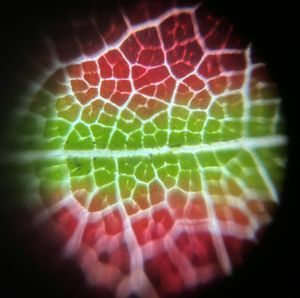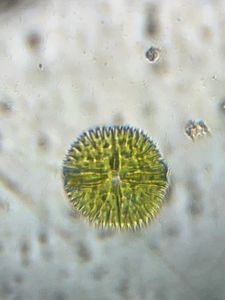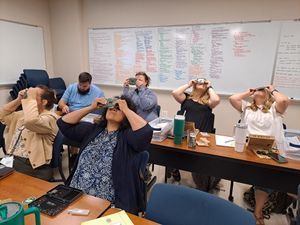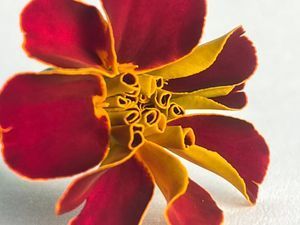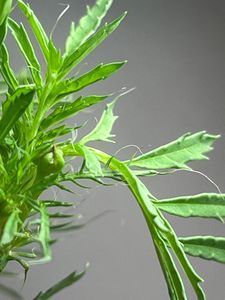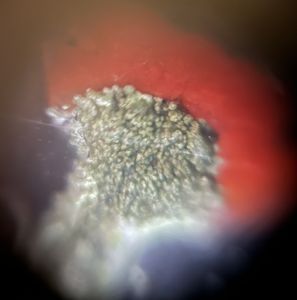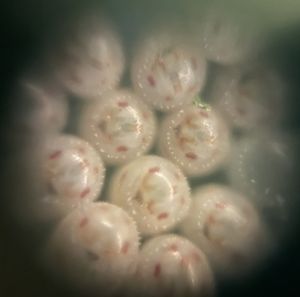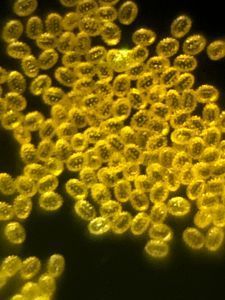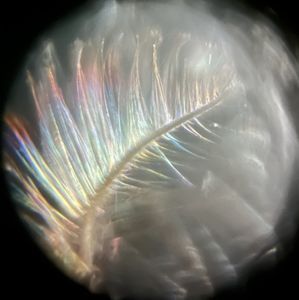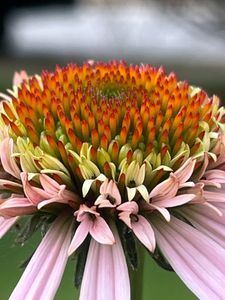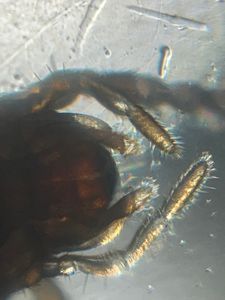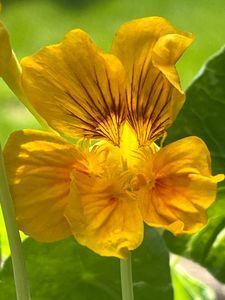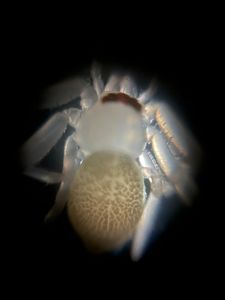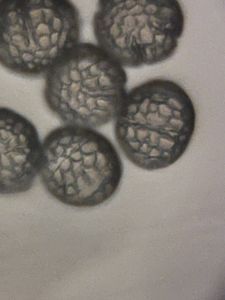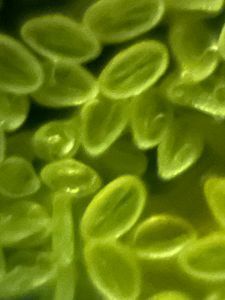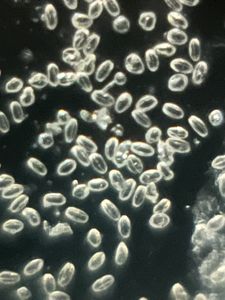Tardigrades
 Jan 10, 2024 • 4:48 PM UTC
Jan 10, 2024 • 4:48 PM UTC United States
United States 140x Magnification
140x Magnification Microorganisms
Microorganisms
Holly Stuart (Foldscope Team)
Education Specialist at Foldscope Instruments
111posts
1083comments
7locations
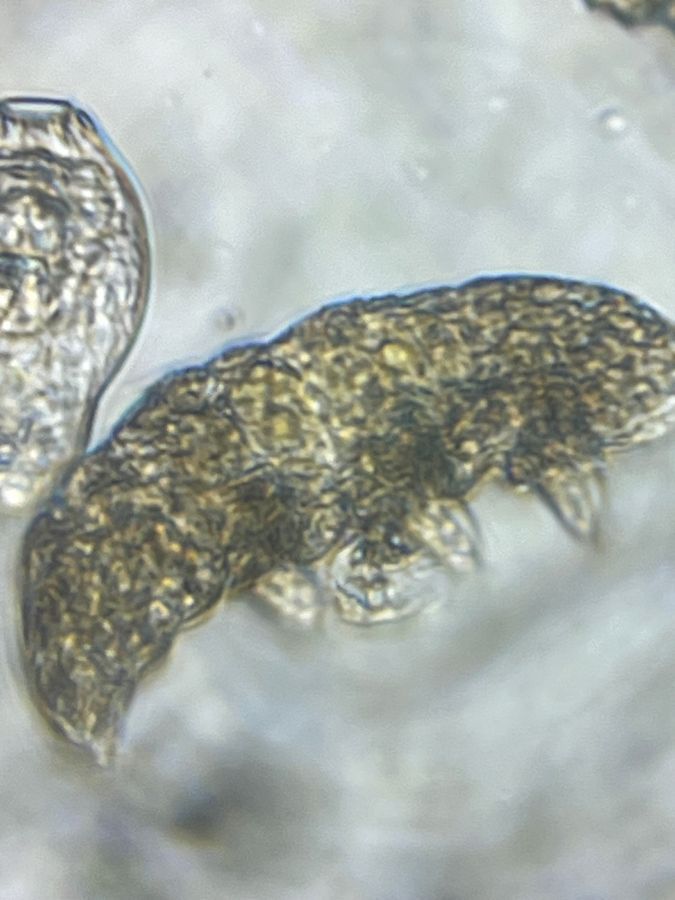
Tardigrade
Taxonomy :
Kingdom - Animalia Phylum - Tardigrada 3 Classes - Heterotardigrada, Mesotardigrada, and Eutardigrada
Physical Description :
Tardigrades are microscopic animals with a head, four body segments, and eight legs that end in claws. Their body is covered with a transparent cuticle that they shed as they grow. Tardigrades are also called water bears or moss piglets. Both names make sense when you see them move. Each of their legs moves independently from the sides of their squishy looking bodies as they swim, making them look like they are constantly reaching for something. Tardigrades have two eye spots and on the front of their heads there is a mouth that is shaped like a circular snout.
Habitat :
Tardigrades can be found in soil, on moss, on lichen, in freshwater, and in saltwater. Even though they live in many places all over the world, they are not always easy to find under a microscope. This is partly because tardigrades can go into what is called a tun state when environmental conditions are less than favorable for them. The tun state is something like a state of suspended animation for the tardigrade. It will dry itself up and form a ball-like shape allowing it to wait for the environment to become suitable again. And it can wait for several decades in this state!
Ecological Importance :
Tardigrades play a key role in cycling nutrients through the soil and physically changing the structure of the soil particles to prepare the environment for other organisms. In addition, scientists study tardigrades to learn more about how organisms survive in extreme conditions. This is especially important as human exploration continues into the outer reaches of space, to the bottom of the ocean, to the frigid tops of mountains, and into parched dry deserts.
Here are some images and video of tardigrades that I was able to find near my home. Enjoy!
Taxonomy :
Kingdom - Animalia Phylum - Tardigrada 3 Classes - Heterotardigrada, Mesotardigrada, and Eutardigrada
Physical Description :
Tardigrades are microscopic animals with a head, four body segments, and eight legs that end in claws. Their body is covered with a transparent cuticle that they shed as they grow. Tardigrades are also called water bears or moss piglets. Both names make sense when you see them move. Each of their legs moves independently from the sides of their squishy looking bodies as they swim, making them look like they are constantly reaching for something. Tardigrades have two eye spots and on the front of their heads there is a mouth that is shaped like a circular snout.
Habitat :
Tardigrades can be found in soil, on moss, on lichen, in freshwater, and in saltwater. Even though they live in many places all over the world, they are not always easy to find under a microscope. This is partly because tardigrades can go into what is called a tun state when environmental conditions are less than favorable for them. The tun state is something like a state of suspended animation for the tardigrade. It will dry itself up and form a ball-like shape allowing it to wait for the environment to become suitable again. And it can wait for several decades in this state!
Ecological Importance :
Tardigrades play a key role in cycling nutrients through the soil and physically changing the structure of the soil particles to prepare the environment for other organisms. In addition, scientists study tardigrades to learn more about how organisms survive in extreme conditions. This is especially important as human exploration continues into the outer reaches of space, to the bottom of the ocean, to the frigid tops of mountains, and into parched dry deserts.
Here are some images and video of tardigrades that I was able to find near my home. Enjoy!
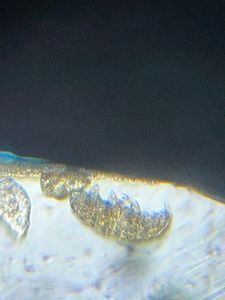
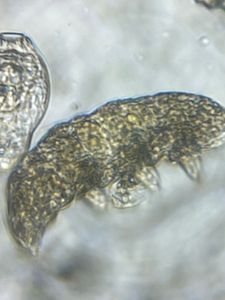
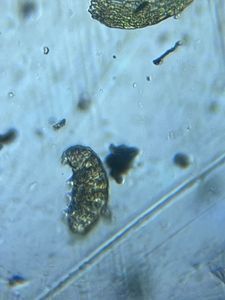
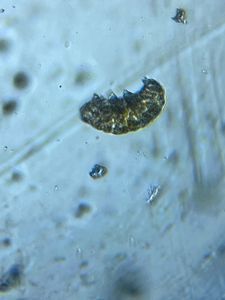
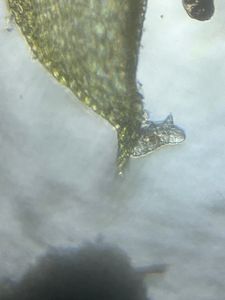
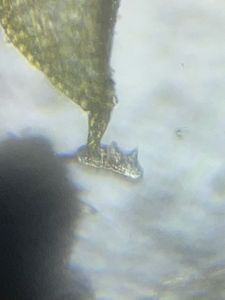
Sign in to commentNobody has commented yet... Share your thoughts with the author and start the discussion!

 0 Applause
0 Applause 0 Comments
0 Comments